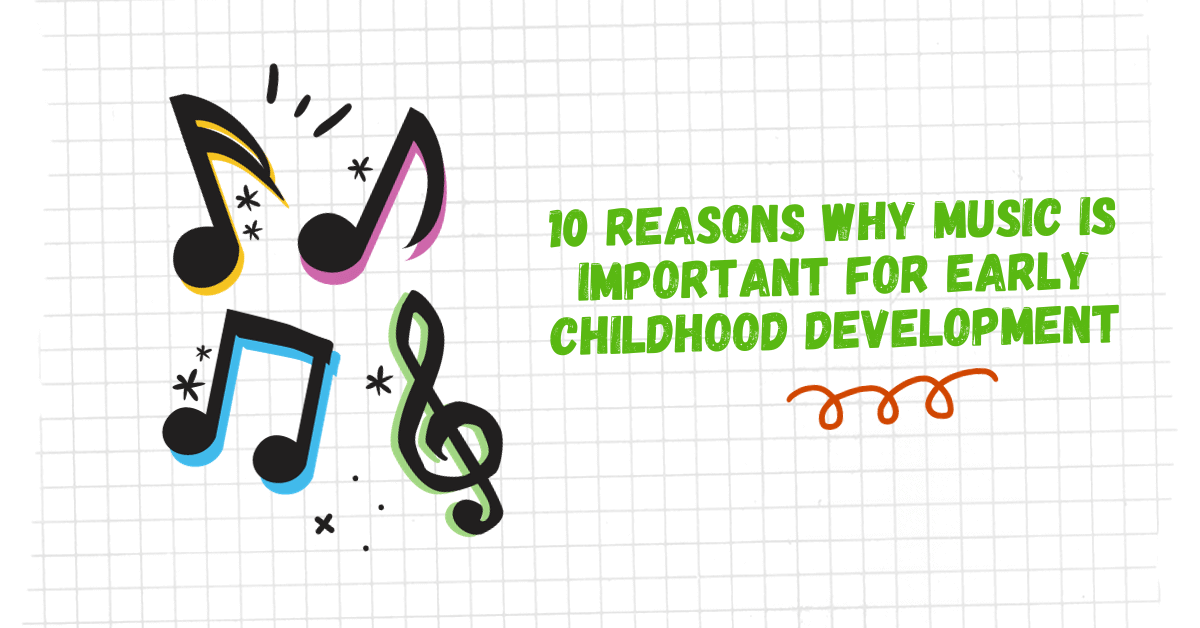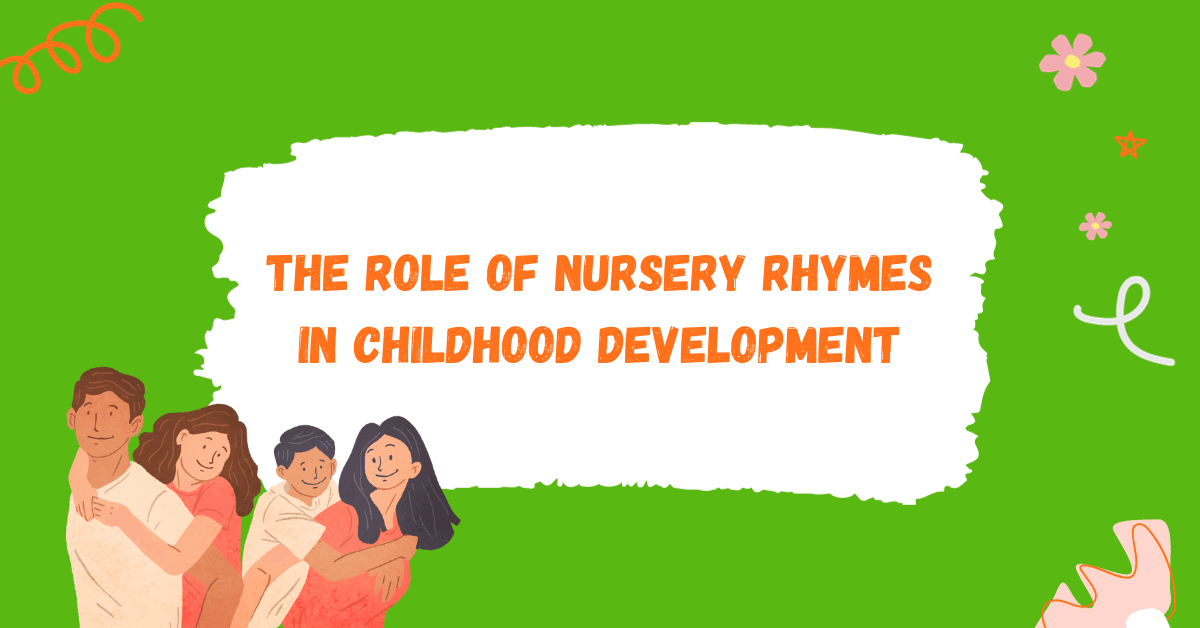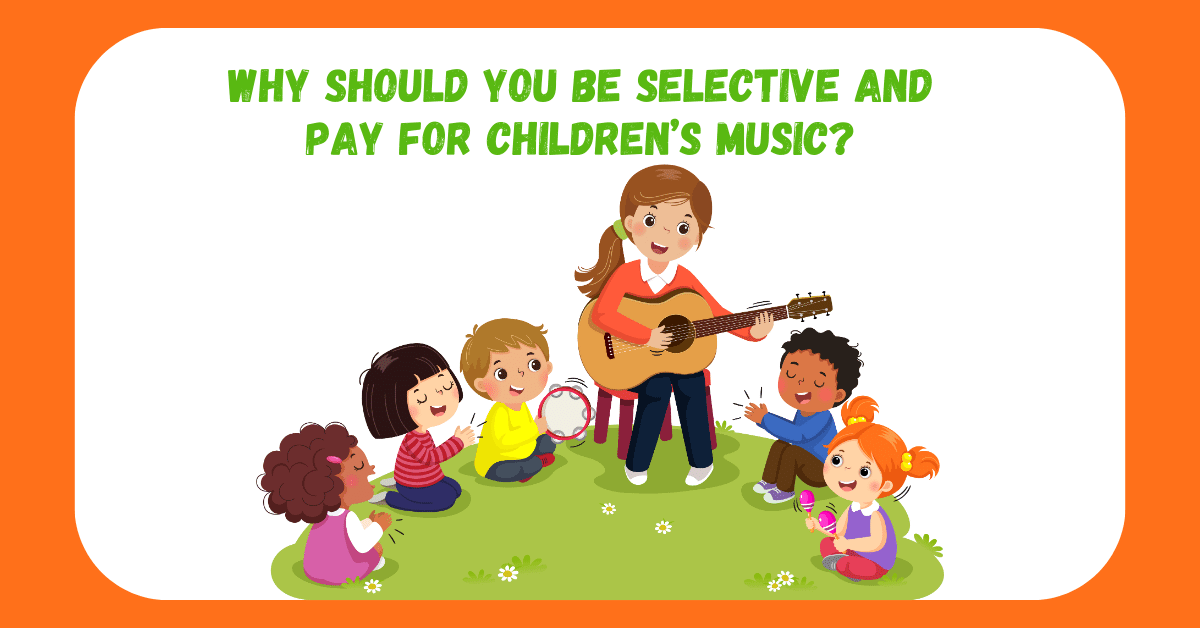Teaching English to kindergartners can be a fun and rewarding experience. With the right tools, patience, and creativity, you can help your students to build a strong foundation for their language skills. Nursery rhymes are a great way to introduce basic words and phrases in English and provide an enjoyable way for kids to learn new concepts.
Nursery rhymes can also be used to teach them about basic grammar and sentence structure, as well as introduce new vocabulary words. Additionally, they are a great way to review previously learned concepts in a fun and engaging way. Nursery rhymes are an invaluable tool for teaching English to kindergartners.
Here are some tips to help make teaching English to kindergartners a successful and enjoyable experience.
- Start with the basics: Begin by teaching the alphabet and simple words like “apple”, “cat”, “dog”, etc. Once your students have a good grasp of the basics, you can start introducing more complex concepts, like sentence structure and grammar. You can help your children or students learn basic language structure through nursery rhymes like verbs, nouns, and adjectives. You can find plenty of unique and uplifting educational songs on Club Baby’s website.
- Make it fun: Incorporate games and activities into your lessons to keep things interesting. Play charades, read stories, or sing songs. You can even use puppets or other props to make learning more entertaining.
- Speak slowly and use simple words: Speak slowly and clearly, and use simple words to explain concepts. Don’t be afraid to repeat yourself or use gestures if necessary.
- Incorporate visuals: Use pictures, charts, and other visuals to help your students understand the material. This can be especially helpful for visual learners.
- Encourage participation: Ask your students questions and give them the opportunity to practice their English. Make sure to give positive feedback when they do something right, and provide gentle guidance when they make mistakes.
- Make it relevant: Connect the material to their everyday lives. Talk about things like family members, pets, favorite foods and activities, etc.
- Have patience: Teaching young children can be challenging at times. Make sure to remain patient and positive throughout the process – your students will appreciate it!
- Explore Online Resources: Take advantage of online resources, like online stories and nursery rhymes, to supplement your lessons. These can be great tools for learning vocabulary and pronunciation. Nursery rhymes can act as a bridge to learning new words and help kids to remember them better. You can start by introducing simple nursery rhymes like ‘Humpty Dumpty’, ‘Baa Baa Black Sheep’ or ‘Mary Had A Little Lamb’. Have students listen and repeat the words, then act out the accompanying actions.
With a bit of patience and creativity, you can create an enjoyable and effective learning environment for your students. Teaching English to kindergartners can be a rewarding experience, and with these tips, you can help your students build a strong foundation in the language.










0 Comments